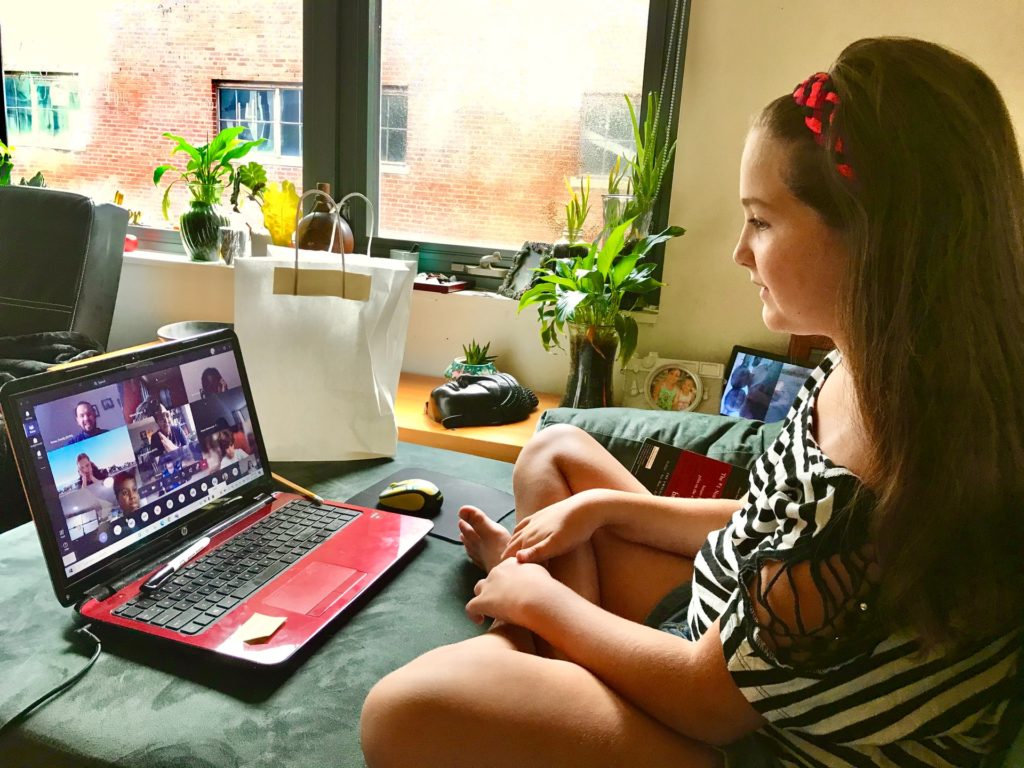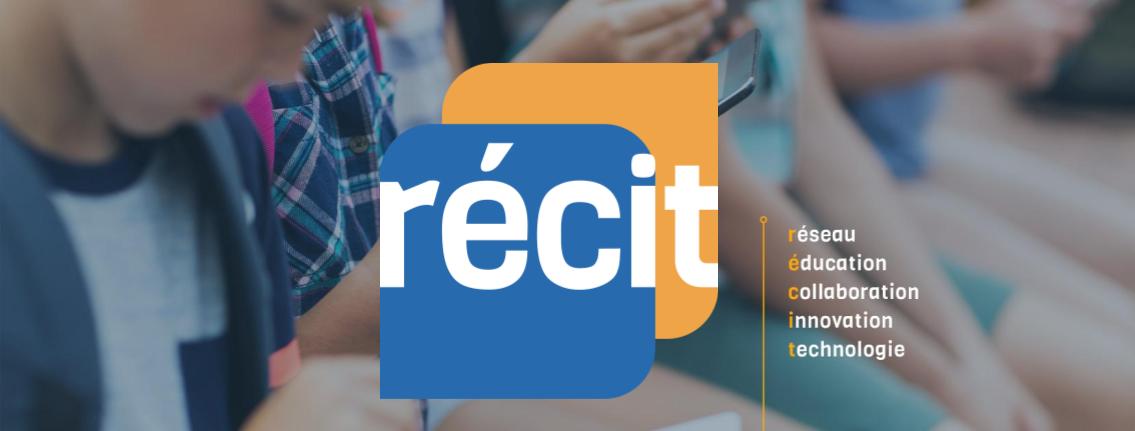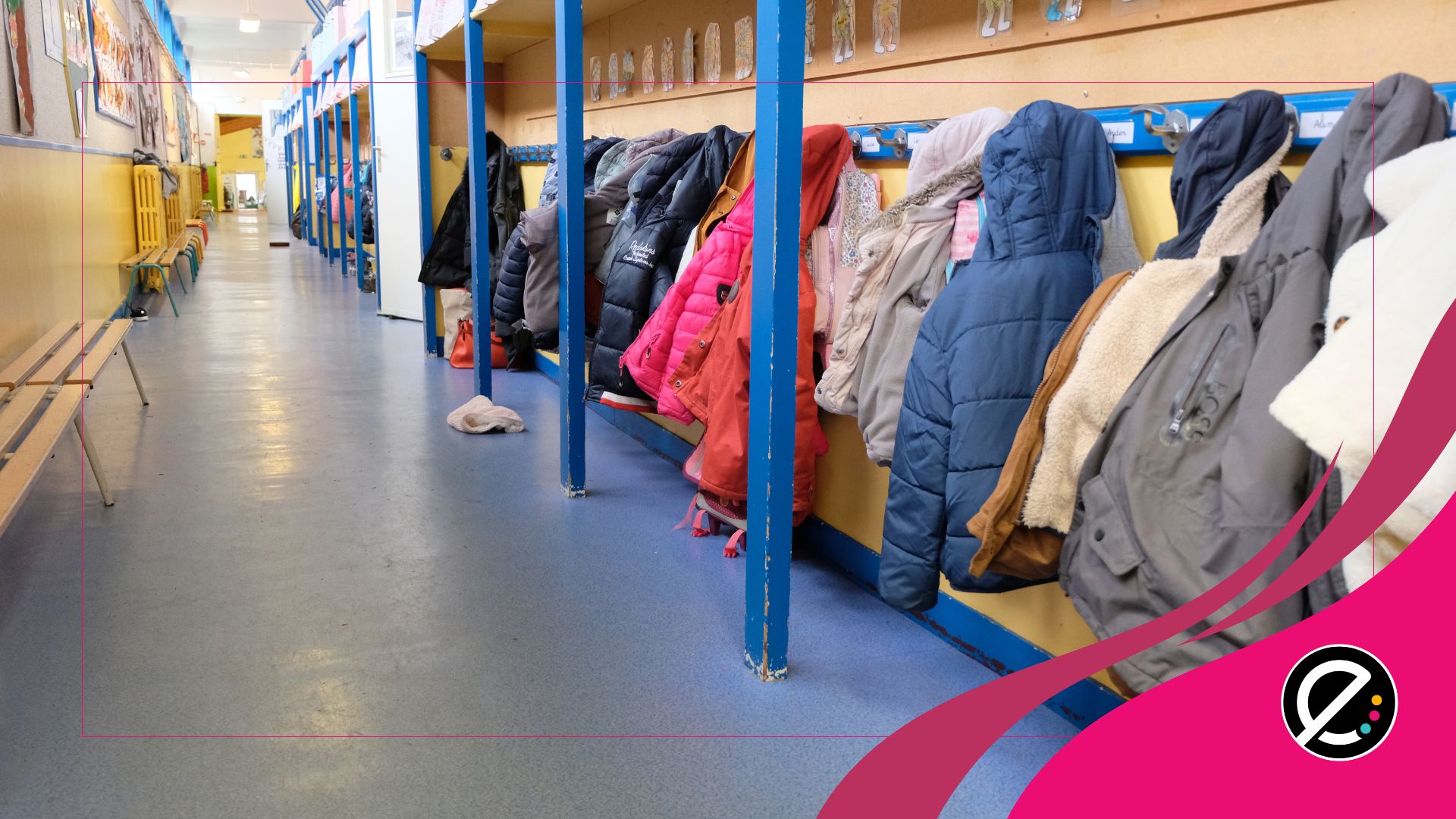L’implication, la collaboration, la rétroaction, la contextualisation et l’interaction… Selon Maxime Laflamme, conseiller pédagogique à l’École branchée, il s’agit des 5 postures que les enseignants devraient adopter pour une pédagogie plus active en classe et à distance. Afin de les appuyer, il propose 5 applications coup de cœur.
Au cours de la dernière année, Maxime Laflamme a eu l’occasion d’accompagner de nombreux enseignants lors de formations sur mesure afin de les amener à adapter leurs pratiques au contexte actuel. Les cinq postures à privilégier sont devenues des constantes dans ses formations. À ces postures, il jumelle des applications dont les fonctions peuvent appuyer les enseignants dans l’atteinte de certains objectifs.
L’implication
« Impliquer l’élève, c’est le motiver à s’engager dans l’activité. »
Pour impliquer les élèves dès le début d’une séquence d’apprentissage, Maxime propose d’utiliser l’application Edpuzzle pour l’écoute active de capsules vidéo. Il est possible d’insérer des questions auxquelles les élèves doivent répondre à divers moments lors du visionnement. Ce genre d’activités stimule la concentration puisqu’il leur faut demeure attentifs pour pouvoir répondre et poursuivre le visionnement.
La collaboration
« Au cœur du processus d’apprentissage »
Afin de maximiser la collaboration à distance en favorisant les discussions et les échanges, Maxime préconise la création de sous-groupes (3 à 5 élèves). Selon lui, il est également important de bien nommer les objectifs et attentes envers le sous-groupe lui-même et chacun des membres. Pour faciliter la collaboration, il propose l’utilisation de l’application Padlet, qui permet de créer un babillard collectif. Tous les élèves peuvent y contribuer en temps réel et même voir les contributions des autres équipes, lorsque le travail demandé s’y prête.
La rétroaction
« Utile, Spécifique et Bienveillante (USB) pour motiver et aider à l’apprentissage »
Le numérique permet certainement de varier les formes que peuvent prendre les rétroactions. Selon Maxime, l’outil par excellence de la pédagogie active est Flipgrid, qui permet de garder des traces des apprentissages des élèves et, surtout, de leur offrir de la rétroaction sous forme vidéo, audio ou écrite. Il privilégie l’utilisation de cet outil en fin de séquence d’apprentissage. Et, comme dit Jacques Cool, il est intéressant de garder en tête qu’une bonne rétroaction doit être USB, c’est-à-dire utile, spécifique et bienveillante!
La contextualisation
« Proposer des tâches authentiques pour donner du sens »
Plus la matière vue en classe sera authentique, c’est-à-dire contextualisée, ancrée dans la réalité des élèves et dans la « vraie vie », plus les apprentissages deviendront significatifs. Maxime propose aux enseignants de s’inspirer de l’actualité pour donner du sens à certaines notions vues en classe. Pour les appuyer, il a présenté la ressource en ligne SCOOP!, une collection de guides pédagogiques en lien avec des sujets d’actualité, publiée par l’École branchée.
L’interaction
« Un levier essentiel de l’engagement et de l’apprentissage de l’élève »
Il est d’autant plus important à distance de maintenir un lien, une relation sociale et émotive avec les élèves, ne serait-ce qu’en demandant « Comment ça va? ». Pour augmenter les interactions, susciter des échanges et des discussions, Maxime propose l’utilisation de l’application Wooclap, qui offre une vingtaine de choix d’activités interactives différentes.
Maxime Laflamme a présenté sa conférence lors de la 4e édition de la Semaine de la formation à distance (FAD), qui s’est tenue du 22 au 26 février dernier. Avec plus de 1 200 inscriptions, une augmentation de 258 % par rapport à l’an passé, cette édition a été de loin la plus convoitée depuis la création de l’événement.
Il est possible de revoir la conférence de Maxime, ainsi que l’ensemble des conférences présentées dans le cadre de la Semaine de la FAD, sur le site du FADIO.






